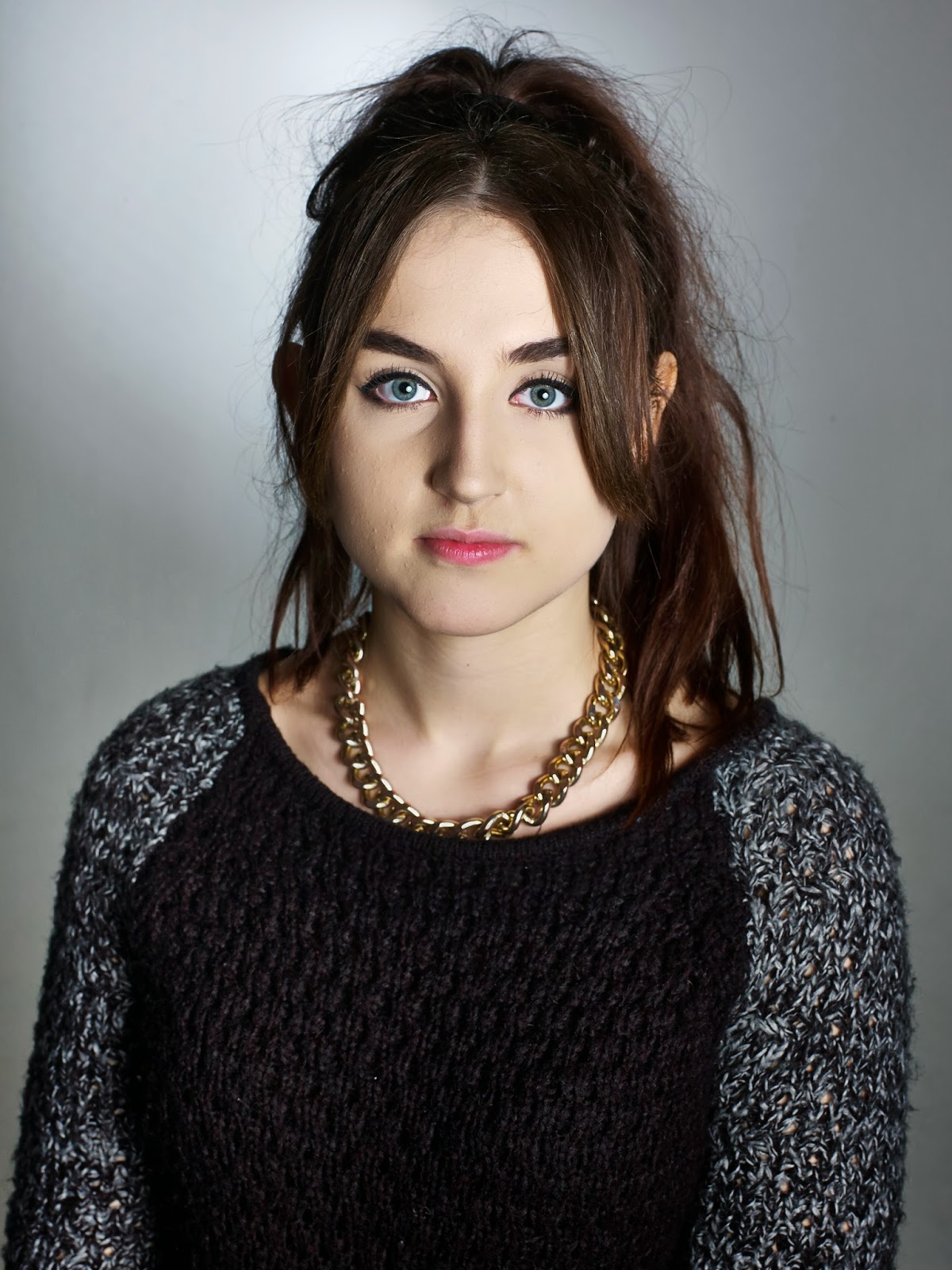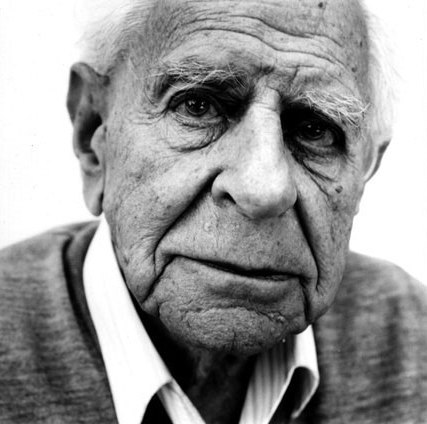Self Evaluation
Introduction to Studio
The Studio Portrait
The photographer I chose to begin my research with was Thomas
Ruff, a photographer who captures images in the style of passport photographs.
I continued to research photographers whose studio portraits simply caught my
eye.
After a one to one with my tutor, it became clear to me
that unintentionally I had been posting photographs in my research by other photographers
which all had something in common; That was eye contact. The photographs which
appealed to me most were the ones in which the models eyes had a strong
connection with the camera. After realising this I continued to shoot and focus
on recreating this strong connection. Much like a passport photograph I asked
my models to look into the camera with no expression. Taking into
consideration the requirements of the brief, I felt that the simplistic portraits
I was aiming to achieve, linked well with the title of the module; Introduction to Studio.
Overall I feel my response to the brief has been a success.
The most successful factor in my opinion would be the way in which my development
of ideas and inspirations shown in the research on my blog, strongly link to
the final outcome I have produced.
If I could have improved my work in any way, I would have
done more shoots, not necessarily to experiment or shoot in a different way,
but by shooting more I feel I would have produced a larger number of
successful photographs which I could have chosen from for my final outcome. The three
final images I chose would have worked better as a collective if all three had
been taken with the model facing straight on, as only two of my images are like
this. Despite this however, to say my main focus was to capture a strong
connection between the models eyes and the camera, I do feel I did this well,
in all of my final images.
When professionally printing my final three images I chose
to print them on High Gloss paper, as after looking into the various types of
paper I could use, I felt the high quality of the images could really be shown
off to the best of their ability on a Glossy paper.
One aspect I initially struggled with was getting to grips
with working in the studio, as this was something which was completely new to
me. I previously explained in another blog post that something I found
difficult was aligning the background light with the models head; I think in
some of my images this is evident as the backing light is slightly off centre. I
did still feel however that the photographs were a success despite this slight
challenge. One last factor which I found challenged me, was having to work with
numerous people, either helping you or watching you. The fact studio
photography takes a team rather than just one individual is something I did not
properly realise before doing this project. I found it actually made me feel
quite under pressure at times and really made me question whether studio
photography would ever be a suitable path for me to take.















